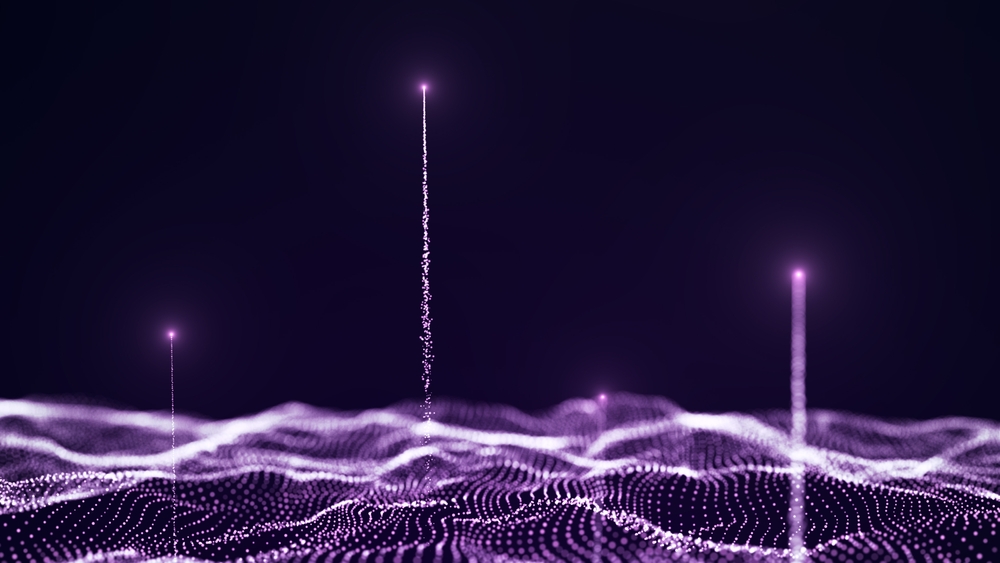European researchers are exploring the potential of artificial intelligence (AI) to enhance space debris detection in near-Earth space. Their proposal involves adapting existing computer vision AI algorithms to analyze images captured by radars. These images would then be scanned for the presence of miniature debris particles.

The project investigated the effectiveness of replacing standard data analysis algorithms used by the European TIRA radar with YOLO family neural networks. YOLO networks are known for their ability to identify moving objects within images. The researchers trained versions of YOLOv5 and YOLOv8 on a dataset of 3,000 near-Earth space images. To evaluate their performance, they tested the networks on a separate set of 600 radar images containing one to three debris particles.
Promising Results: Improved Detection and Real-Time Tracking
The experiment yielded positive results. Both YOLO networks achieved high accuracy rates, successfully detecting between 85% and 97% of centimeter-sized debris particles with minimal false positives. This surpassed the detection capabilities of the standard TIRA algorithm. These findings suggest that computer vision AI holds promise for improved space debris detection and real-time tracking in near-Earth space.
The successful implementation of AI-powered detection systems could significantly contribute to mitigating the threat posed by space debris, notes NIXsolutions. With estimates suggesting over 170 million pieces of debris orbiting Earth, effective tracking and monitoring are crucial for ensuring the safety of operational spacecraft.
